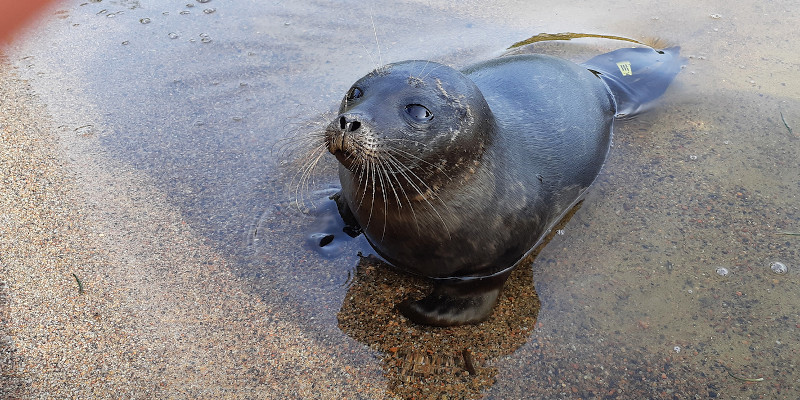The researchers studied salamanders. These animals have a unique regeneration ability. / Photo: Getty Images
Foto:
INTI OCON / Getty Images
There is a kind of cells that remain in the body without activity, but have not died and they are related to aging and cancerbut recently scientists have discovered that it also They have certain benefits.
Las senescent cells, known as “zombies”are cells that have permanently stopped dividing in response to cellular stress, but have not died. As organisms age, the number of senescent cells in the body increases.
Its accumulation is currently considered one of the hallmarks of aging and has been linked to various diseases, including cancer. However, the true nature of these cells may be more complex and context dependent.
There is increasing evidence that senescent cells may also have beneficial effectsas the wound healing or prevention of scar formation in the tissues.
“A few years ago, our group discovered that senescent cells were present at key stages of salamander limb regenerations. Interestingly, other groups subsequently found these cells in other regenerative contexts, including in mammals. Therefore, we wanted to find out if these cells contribute in any way to the regeneration itself“, explains Dr. Maximina Yun, research group leader at the Dresden Center for Regenerative Therapies (CRTD) and the Physics of Life Excellence Cluster (PoL) of the Technical University of Dresden and the Max Planck Institute for Cell Biology. Molecular and Genetics (MPI-CBG).
The case of the salamanders
Researchers in Yun’s group study salamanders. These animals have a unique ability to regenerate. and they are able to regrow many organs in their body, including lost limbs.
To test whether the presence of senescent cells influences the regeneration process of the limbs, the researchers in Yun’s group found a way to modulate the number of senescent cells in the wound. The team observed that the presence of senescent cells enhanced the regeneration process..
“When there were more senescent cells in the wound, the animals developed a larger regenerative bud, or – as we call it – blastema. It is a set of cells that will form all the necessary tissues in the new extremityd. The larger the blastema, the more cells there will be to regenerate the member and the faster the regeneration process will be. The presence of senescent cells appears to “feed” the regeneration process,” says Dr. Yun.
Yun’s group works with salamanders to study regeneration and aging processes. “Salamanders are one of the few animal species that appear to defy the natural aging process.. They do not develop the typical signs of aging or accumulate age-related diseases, such as cancer. They also have extraordinary healing abilities,” says Dr. Yun. These animals can regenerate almost any organ in their body.”
Keep reading:
• A tiny implanted battery could cure breast cancer
• Scientists say that tattoos affect the immune system
• Clogged arteries: simple foods that can improve circulation


